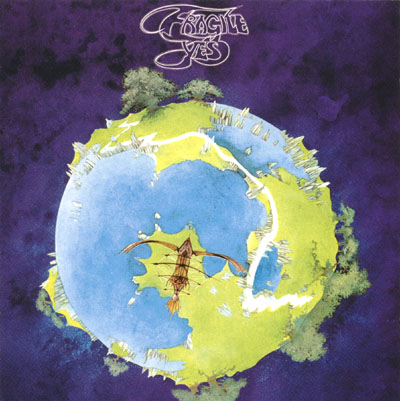
Sgt. Pepper's Lonely Hearts Club Band is the most important rock & roll album ever made, an unsurpassed adventure in concept, sound, songwriting, cover art and studio technology by the greatest rock & roll group of all time. From the title song's regal blasts of brass and fuzz guitar to the orchestral seizure and long, dying piano chord at the end of "A Day in the Life," the thirteen tracks on Sgt. Pepper's Lonely Hearts Club Band are the pinnacle of the Beatles' eight years as recording artists. John Lennon, Paul McCartney, George Harrison and Ringo Starr were never more fearless and unified in their pursuit of magic and transcendence.
Issued in Britain on June 1st, 1967, and a day later in America,Sgt. Pepper's Lonely Hearts Club Band is also rock's ultimate declaration of change. For the Beatles, it was a decisive goodbye to matching suits, world tours and assembly-line record-making. "We were fed up with being Beatles," McCartney said decades later, in Many Years From Now, Barry Miles' McCartney biography. "We were not boys, we were men . . . artists rather than performers."
At the same time, Sgt. Pepper formally ushered in an unforgettable season of hope, upheaval and achievement: the late 1960s and, in particular, 1967's Summer of Love. In its iridescent instrumentation, lyric fantasias and eye-popping packaging, Sgt. Pepper defined the opulent revolutionary optimism of psychedelia and instantly spread the gospel of love, acid, Eastern spirituality and electric guitars around the globe. No other pop record of that era, or since, has had such an immediate, titanic impact. This music documents the world's biggest rock band at the very height of its influence and ambition. "It was a peak," Lennon confirmed in his 1970 Rolling Stone interview, describing both the album and his collaborative relationship with McCartney. "Paul and I definitely were working together," Lennon said, and Sgt. Pepper is rich with proof: McCartney's burst of hot piano and school-days memoir ("Woke up, fell out of bed . . . ") in Lennon's "A Day in the Life," a reverie on mortality and infinity; Lennon's impish rejoinder to McCartney's chorus in "Getting Better" ("It can't get no worse").
"Sgt. Pepper was our grandest endeavor," Starr said, looking back, in the 2000 autobiography The Beatles Anthology. "The greatest thing about the band was that whoever had the best idea - it didn't matter who -- that was the one we'd use. No one was standing on their ego, saying, 'Well, it's mine,' and getting possessive." It was Neil Aspinall, the Beatles' longtime assistant, who suggested they reprise the title track, just before the grand finale of "A Day in the Life," to complete Sgt. Pepper's theatrical conceit: an imaginary concert by a fictional band, played by the Beatles.
The first notes went to tape on December 6th, 1966: two takes of McCartney's music-hall confection "When I'm Sixty-Four." (Lennon's lysergic reflection on his Liverpool childhood, "Strawberry Fields Forever," was started two weeks earlier but issued in February 1967 as a stand-alone single.) But Sgt. Pepper's real birthday is August 29th, 1966, when the Beatles played their last live concert, in San Francisco. Until then, they had made history in the studio -- Please Please Me (1963), Rubber Soul (1965), Revolver (1966) -- between punishing tours. Off the road for good, the Beatles were free to be a band away from the hysteria of Beatlemania. McCartney went a step further. On a plane to London in November '66, as he returned from a vacation in Kenya, he came up with the idea of an album by the Beatles in disguise, an alter-ego group that he subsequently dubbed Sgt. Pepper's Lonely Hearts Club Band. "We'd pretend to be someone else," McCartney explained in Anthology. "It liberated you -- you could do anything when you got to the mike or on your guitar, because it wasn't you."
Only two songs on the final LP, both McCartney's, had anything to do with the Pepper character: the title track and Starr's jaunty vocal showcase "With a Little Help From My Friends," introduced as a number by Sgt. Pepper's star crooner, Billy Shears. "Every other song could have been on any other album," Lennon insisted later. Yet it is hard to imagine a more perfect setting for the Victorian jollity of Lennon's "Being for the Benefit of Mr. Kite!" (inspired by an 1843 circus poster) or the sumptuous melancholy of McCartney's "Fixing a Hole," with its blend of antique shadows (a harpsichord played by the Beatles' producer George Martin) and modern sunshine (double-tracked lead guitar executed with ringing precision by Harrison). The Pepper premise was a license to thrill.
It also underscored the real-life cohesion of the music and the group that made it. Of the 700 hours the Beatles spent making Sgt. Pepper (engineer Geoff Emerick actually tallied them) from the end of 1966 until April 1967, the group needed only three days' worth to complete Lennon's lavish daydream "Lucy in the Sky With Diamonds." "A Day in the Life," the most complex song on the album, was done in just five days. (The oceanic piano chord was three pianos hit simultaneously by ten hands belonging to Lennon, McCartney, Starr, Martin and Beatles roadie Mal Evans.) No other Beatles appear with Harrison on his sitar-perfumed sermon on materialism and fidelity, "Within You Without You," but the band wisely placed the track at the halfway point of the original vinyl LP, at the beginning of Side Two: a vital meditation break in the middle of the jubilant indulgence.
The Beatles' exploitation of multitracking on Sgt. Pepper transformed the very act of studio recording (the orchestral overdubs on "A Day in the Life" marked the debut of eight-track recording in Britain: two four-track machines used in sync). And Sgt. Pepper's visual extravagance officially elevated the rock album cover to a Work of Art. Michael Cooper's photo of the Beatles in satin marching-band outfits, in front of a cardboard-cutout audience of historical figures, created by artist Peter Blake, is the most enduring image of the psychedelic era. Sgt. Pepper was also the first rock album to incorporate complete lyrics to the songs in its design.
Yet Sgt. Pepper's Lonely Hearts Club Band is the Number One album of the RS 500 not just because of its firsts -- it is simply the best of everything the Beatles ever did as musicians, pioneers and pop stars, all in one place. A 1967 British print ad for the album declared, "Remember Sgt. Pepper's Lonely Hearts Club Band Is the Beatles." As McCartney put it, the album was "just us doing a good show."
The show goes on forever.
-Rolling Stone,2003
DOWNLOAD



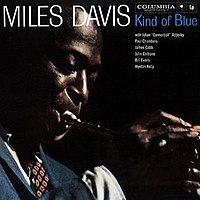








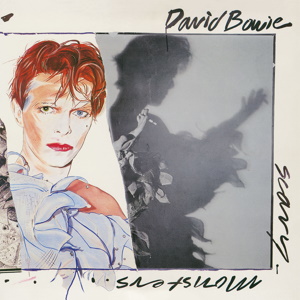









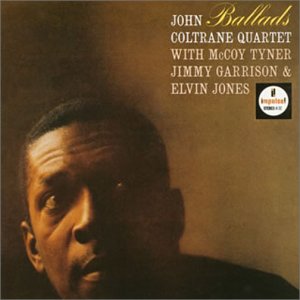 In 1962 John Coltrane was under assault from conservative critics who had labeled his tumultuous extended performances "anti-jazz." In response he entered the studios to create this classic collection of both well known and obscure ballads. Coltrane was one of jazz's greatest ballad players, a fact sometimes overlooked in the controversy that swirled about his work, and his lyrical gifts are in sharp relief here. They're transmitted through one of the most beautiful tones that jazz has ever produced, suggesting a rare metal that has just been discovered. The material brings out the best in pianist McCoy Tyner, who is prominently featured and whose harmonic subtlety and limpid grace shine throughout. --Stuart Broomer
In 1962 John Coltrane was under assault from conservative critics who had labeled his tumultuous extended performances "anti-jazz." In response he entered the studios to create this classic collection of both well known and obscure ballads. Coltrane was one of jazz's greatest ballad players, a fact sometimes overlooked in the controversy that swirled about his work, and his lyrical gifts are in sharp relief here. They're transmitted through one of the most beautiful tones that jazz has ever produced, suggesting a rare metal that has just been discovered. The material brings out the best in pianist McCoy Tyner, who is prominently featured and whose harmonic subtlety and limpid grace shine throughout. --Stuart Broomer


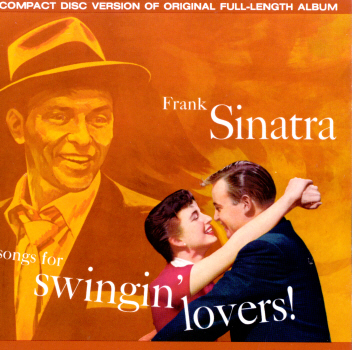 DOWNLOAD
DOWNLOAD DOWNLOAD
DOWNLOAD  DOWNLOAD
DOWNLOAD


